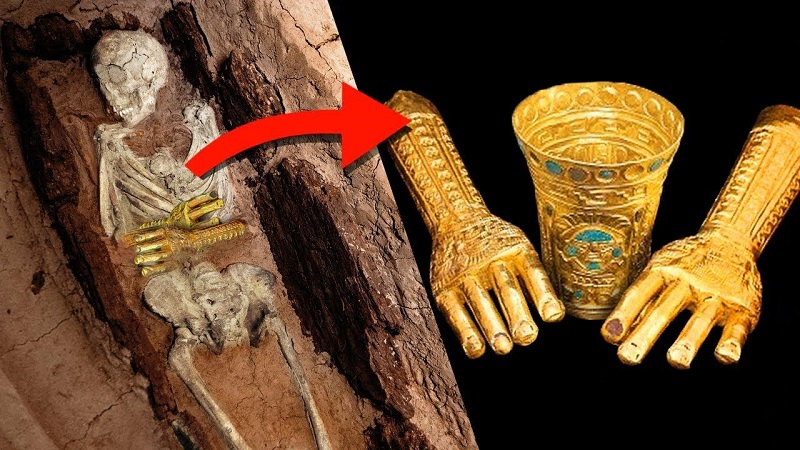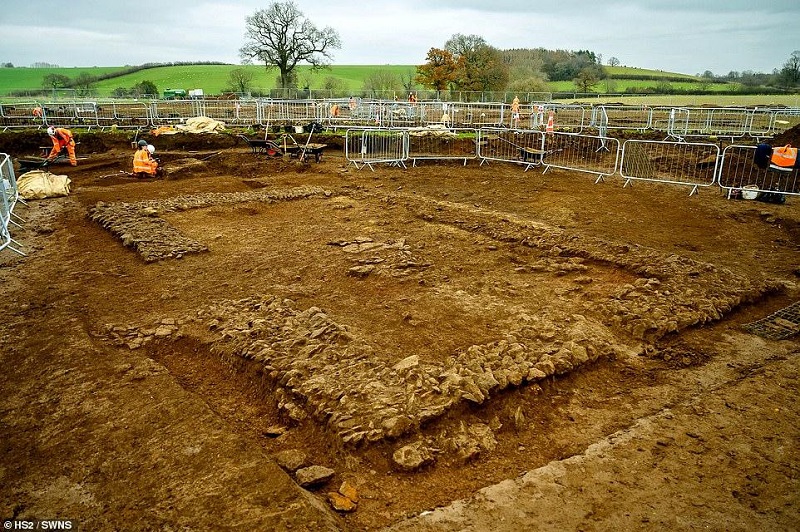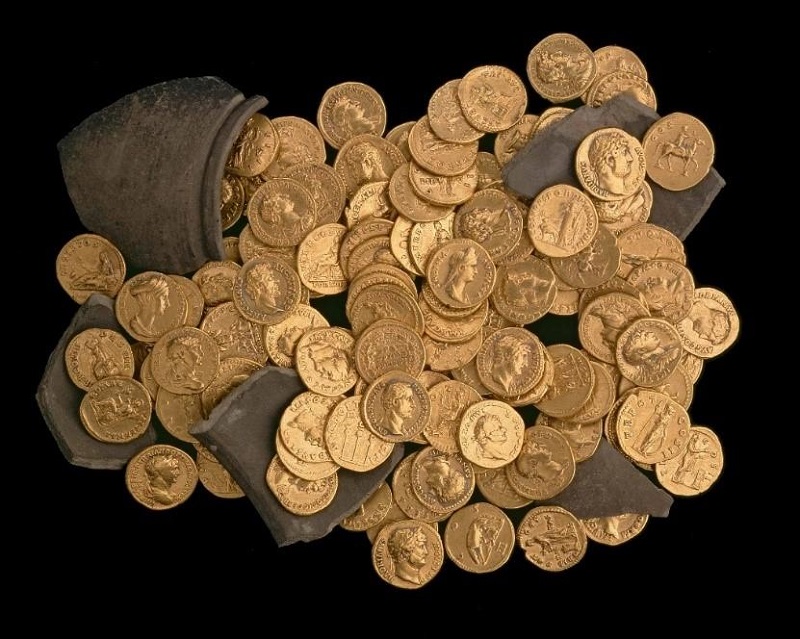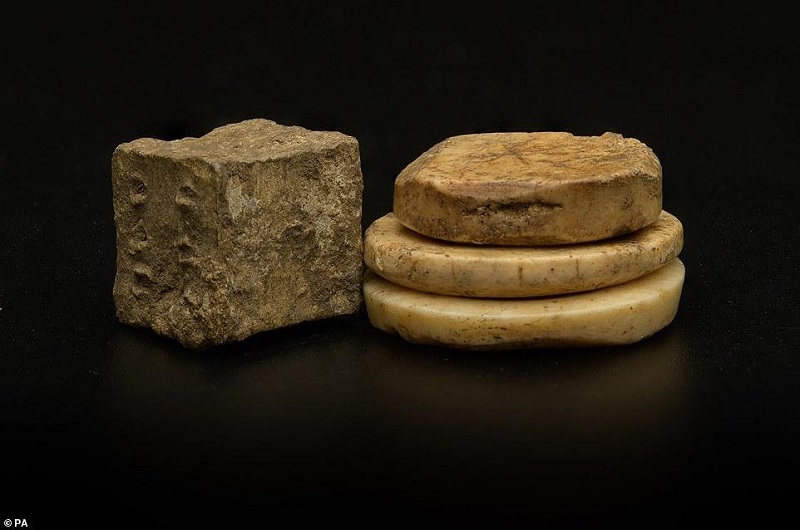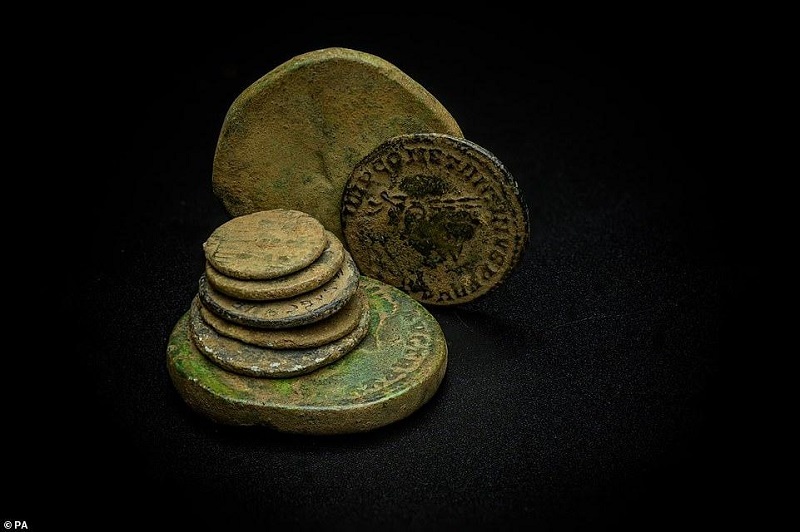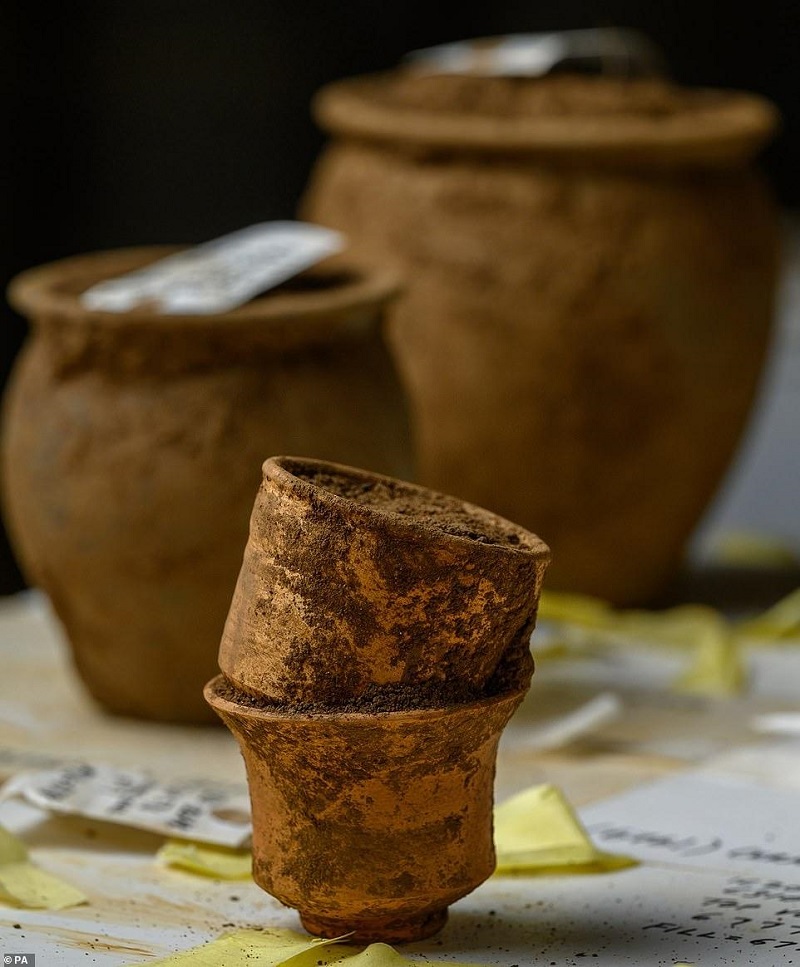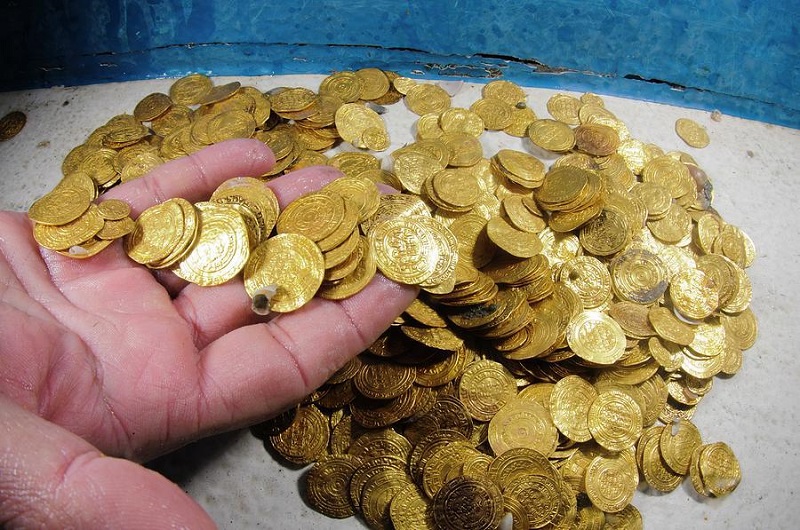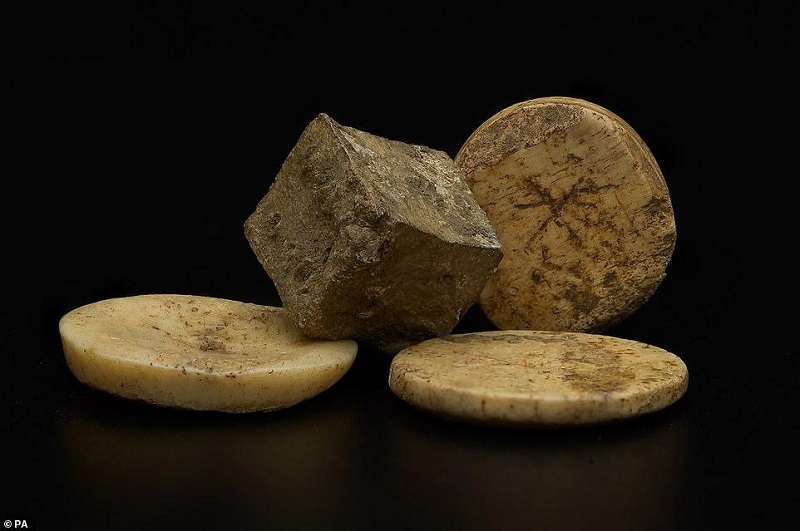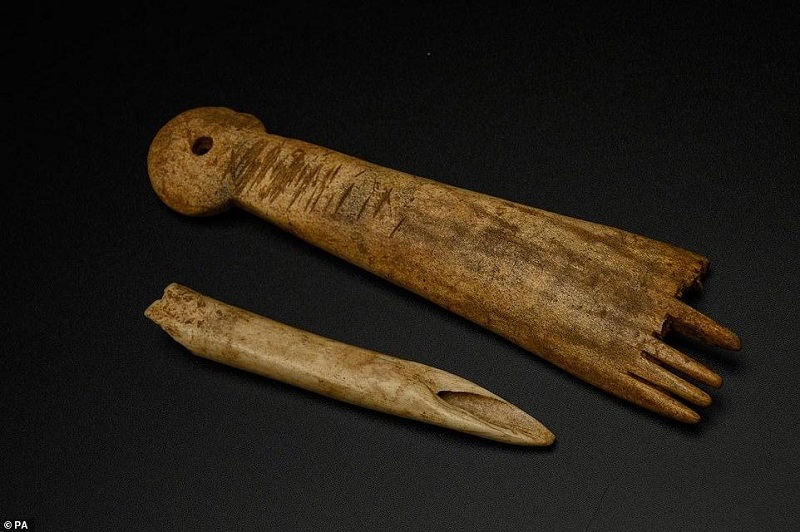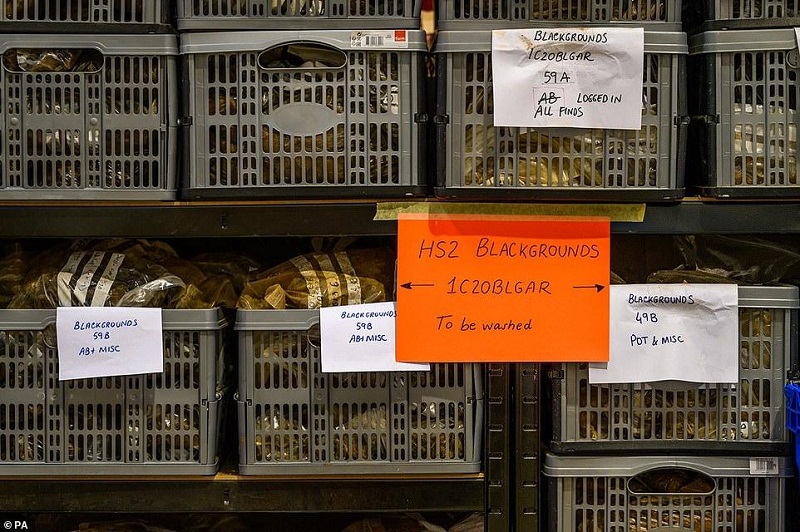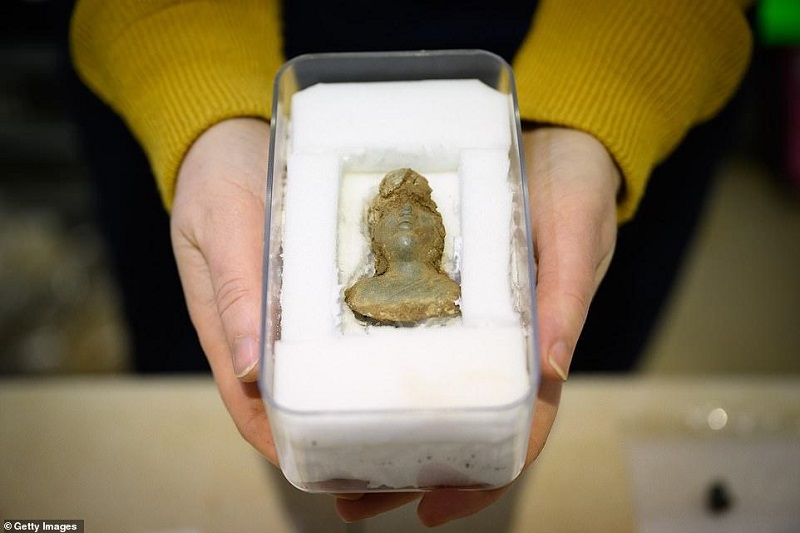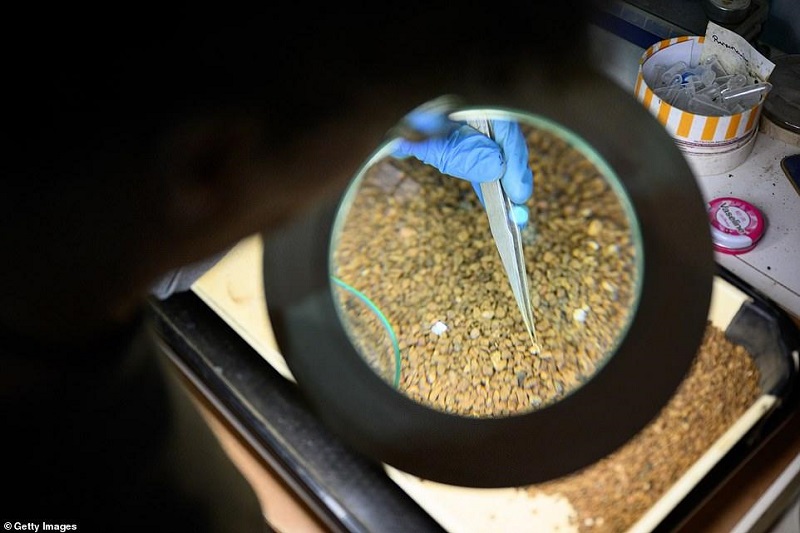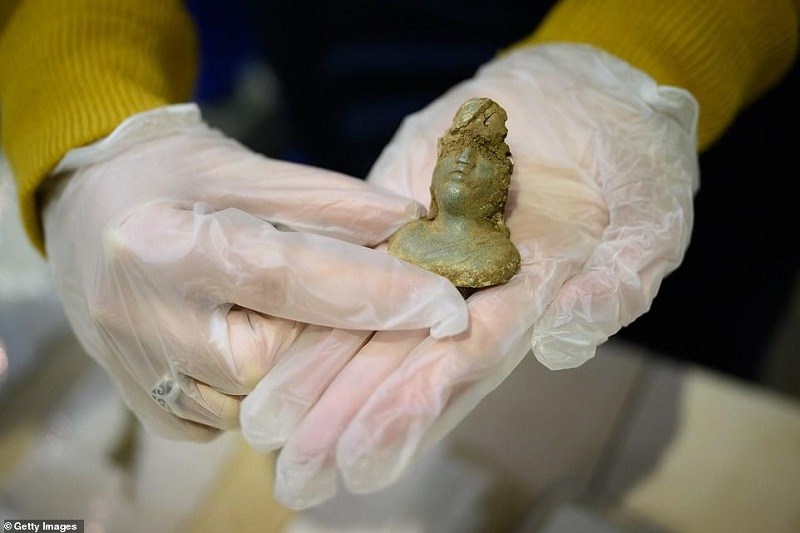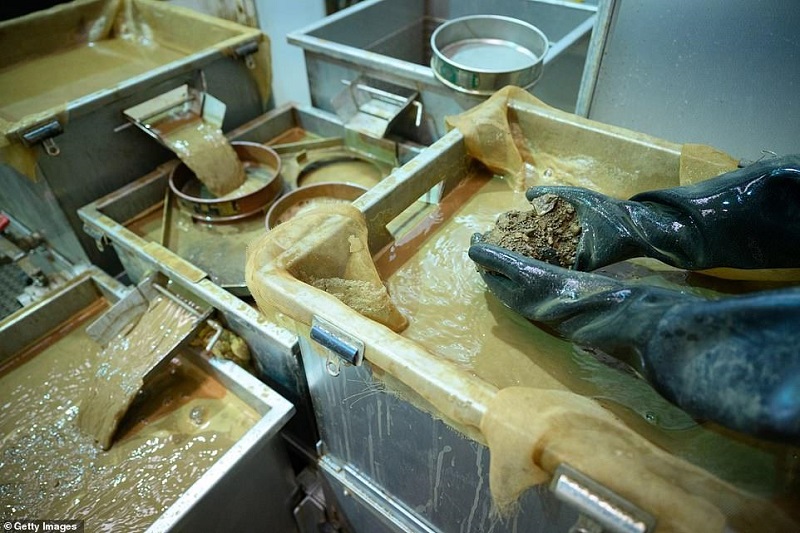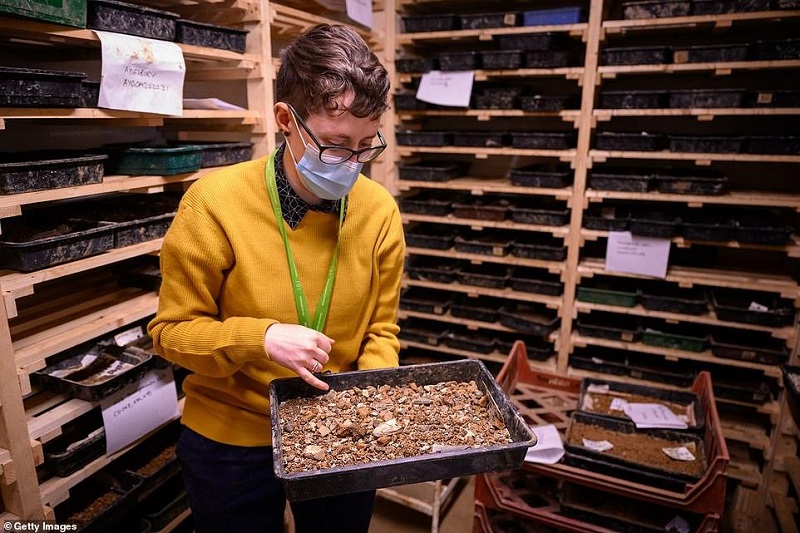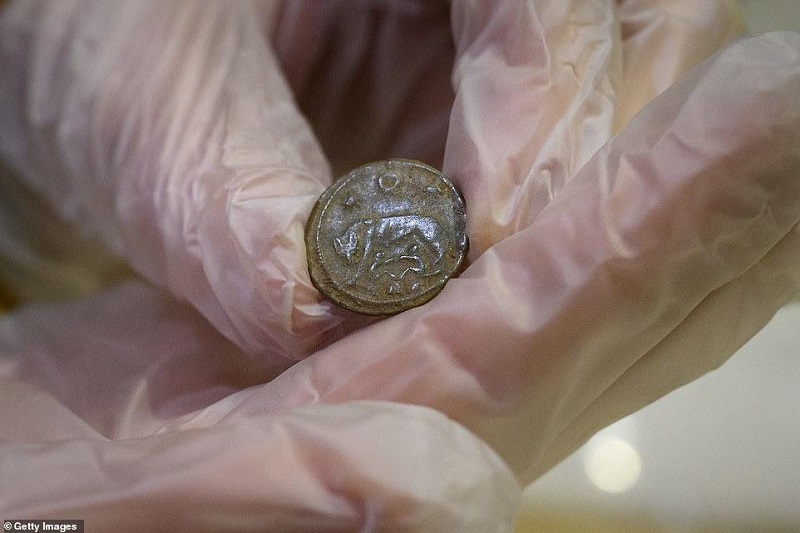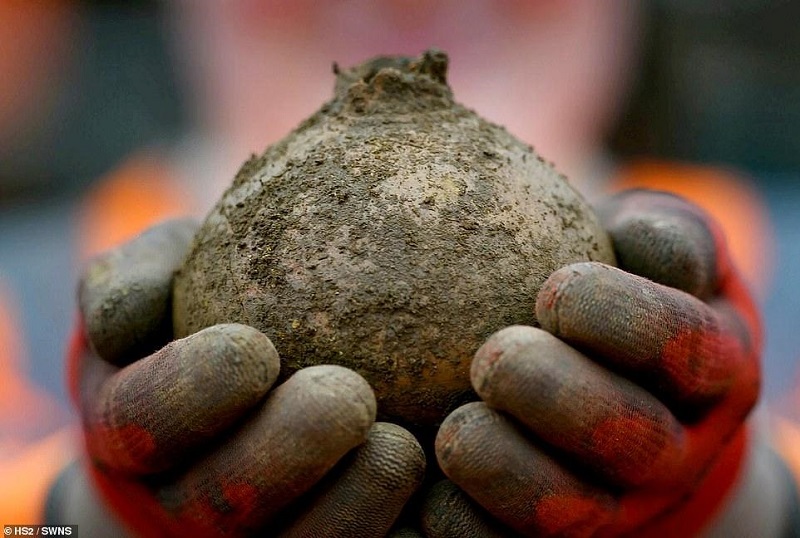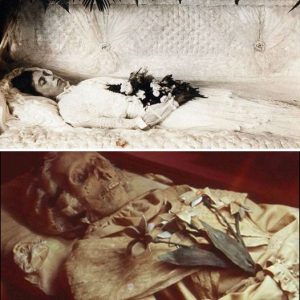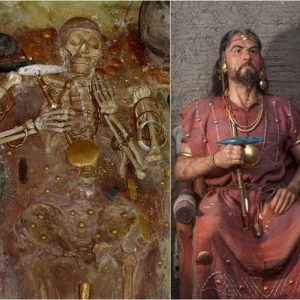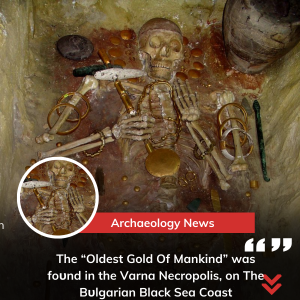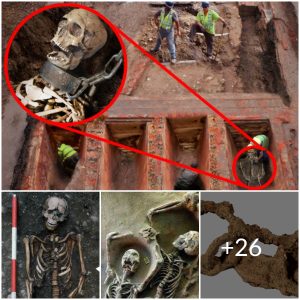Archaeologists working on HS2 have shed light on how an Iron Age village in Northamptonshire was transformed into a wealthy Roman trading town bustling with traffic almost 2,000 years ago.
https://pubads.g.doubleclick.net/gampad/ads?iu=/21715635079/model.icusocial.com/model.icusocial.com_preroll&description_url=https%3A%2F%2Fmodel.icusocial.com&tfcd=0&npa=0&sz=400×300%7C640x480&gdfp_req=1&output=vast&env=vp&unviewed_position_start=1&impl=s&correlator=
Stunning discoveries made during a dig of the site near the village of Chipping Warden – known as Blackgrounds after the black soil found there – included cremation urns, gaming pieces, shackles, a snake-head brooch and more than 300 Roman coins.
Evidence suggests the settlement was established in about 400 BC when it was made up of more than 30 roundhouses, but that it greatly expanded during the Roman era around 300-400 AD, with new stone buildings and roads.
A team of around 80 archaeologists working on the HS2 high-speed rail project have spent 12 months excavating Blackgrounds, which is one of more than 100 sites to have been examined between London and Birmingham since 2018.
Experts say the remains of the Roman trading town mark ‘one of the most significant archaeological sites’ uncovered during the controversial £100 billion train line project.
Before HS2 workers build bridges, tunnels, tracks and stations, an ‘unprecedented’ amount of archaeological work is taking place along the line of route, to ensure concrete isn’t dumped over the secrets of Britain’s past.
This excavation work offers a ‘unique opportunity’ to tell the story of Britain, according to HS2 Ltd, the state-funded body responsible for delivering the line, although so far its construction has been hugely controversial for its destruction of historic buildings and nature spots.
Walls of domestic building are pictured here uncovered during the excavation at the Blackgrounds Roman archaeological site. Archaeologists working for HS2 Ltd have uncovered one of the most significant archaeological sites on the project to date near a small village in South Northamptonshire
Pictured is the remains of a Roman wall at the Blackgrounds site. Evidence suggests the settlement was established in about 400 BC – during the Iron Age
Photo issued by HS2 shows a Roman lead die (left) and bone gaming pieces uncovered during the archeology excavation at Blackgrounds
Pictured is decorative Roman pottery uncovered at the site. A team of around 80 HS2 archeologists have spent 12 months excavating the site
Roman coins. More than 300 Roman coins have been found at the site, which is just north of the village of Chipping Warden, NorthamptonshireThis photo issued by HS2 shows a Roman female deity scale weight uncovered during the archeology excavation at Blackgrounds, so-called for the black soil found there
Roman cremation urns still covered in soil. The Iron Age village developed into a wealthy Roman trading town, according to archaeologists
Pictured is a decorative Roman snake-head brooch with intricately carved details. Experts were left stunned when they came across evidence of the Iron Age settlement
The presence of such a significant archaeological site in the area has been known since the 18th century, but recent geophysical surveys have revealed the original Iron Age part of the site and the artefacts from the Roman settlement.
Site manager James West, from the Museum of London Archeology Headland Infrastructure, which has been excavating the site, said the dig had ‘surpassed all expectations’.
‘This is certainly one of the most impressive sites MOLA Headland Infrastructure has discovered working on the HS2 scheme,’ West said.
‘A particular highlight for me has been understanding the emerging story of Blackgrounds, which we now know spans multiple time periods.
‘Uncovering such a well-preserved and large Roman road, as well as so many high quality finds, has been extraordinary and tells us so much about the people who lived here.
‘The site really does have the potential to transform our understanding of the Roman landscape in the region and beyond.’
Running through the site is a Roman road measuring 32 feet or 10 meters wide, which is huge by typical Roman standards – most Roman roads were around 13 feet (4 meters).
Another image of the Roman lead die surrounded by bone gaming pieces uncovered during the HS2 archeology excavation
Pictured are Roman weaving accessories. There are a number of archaeological sites being explored across Northamptonshire, including Blackgrounds, Edgcote battleground and a deserted medieval village at Radstone
Photo issued by HS2 shows the numerous Roman artefacts, marked and stored in bags and plastic containers during excavation work
A lead weight, cast into the shape of a head, which was unearthed on the HS2 route, at MOLA (Museum of London Archeology) on January 10, 2022 in Northamptonshire
Environmental Processor and Analyzer Donna Brady examines dried samples of animal bone and charcoal from the HS2 route
MOLA (Museum of London Archeology) programs manager Claire holds a lead weight, cast into the shape of a head, which was unearthed on the HS2 route
Finds and environmental Processor Rob Pearce cleans and separates the contents of the sample buckets taken from the route, in a series of Siraf tanks
MOLA’s Clare Finn explains the drying process needed for the trays of samples from the HS2 route. Artefacts were discovered by archaeologists working for HS2, the high-speed rail project, at the Blackgrounds Roman-era trading settlement
Urbs Roma coin from the reign of Emperor Constantine, showing the depiction of Romulus and Remus and commemorating the founding of Rome
A Roman pot held by one of the site’s workers. The original use of Blackgrounds began in the Iron Age when it was a village formed of over 30 roundhouses
VIDEO:
